F18 loses conformal fuel tank, US aircraft carrier enters first island chain or is locked by Chinese missiles
F18 loses conformal fuel tank, US aircraft carrier enters first island chain or is locked by Chinese missiles
Since the retirement of the F-14 Tomcat heavy interceptor fighter, the F-18 Hornet has unified the decks of American aircraft carriers. But it's hard to say that this is progress, because the various combat abilities of super insects cannot compare to those of big cats.
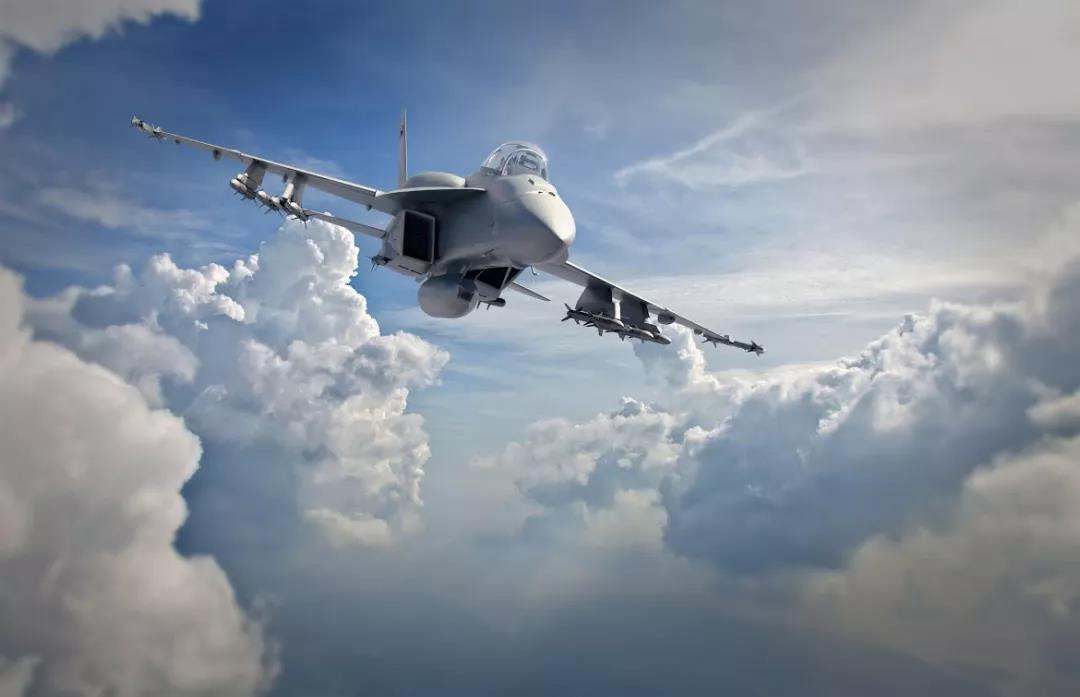
But the US Navy, which relied on itself as having no opponents, was eager to save money, but did not anticipate the explosive growth of China's navy and air force, even surpassing the former Soviet Union and Russia to become the US's biggest rival at sea. The US Navy can only hope for the F-18 to be patched up and modified.
The plan for the third batch (Block III) of F/A-18E/F has been put on the agenda. The biggest feature of the Block III Super Hornet is that it will be equipped with a backpack style conformal fuel tank similar to the F-16V, aiming to improve the range of the Super Hornet without affecting aerodynamics.
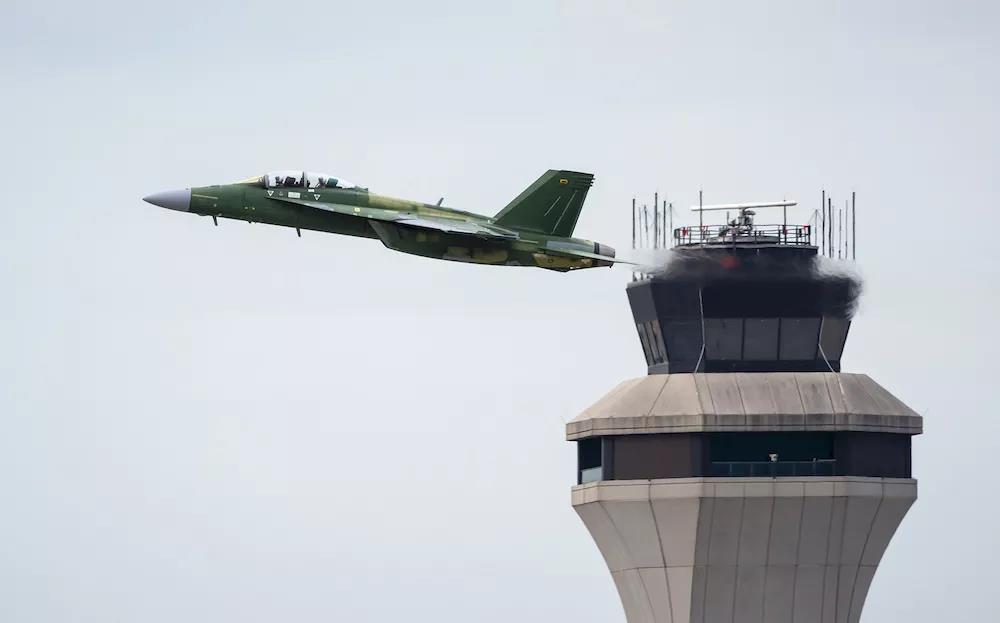
The conformal fuel tank was first developed by the United States, including multiple models of the F-15E and subsequent F-16 that used conformal fuel tanks.
The conformal fuel tank of F-15E is hung outside the intake duct, while the conformal fuel tank of F-16 is carried on the back. In most cases, the impact of conformal fuel tanks on aerodynamics is not significant, but they can significantly improve the combat range of fighter jets.
According to a report by Shepard News, after testing by the US Naval Air Systems Command and Boeing, it was found that the conformal fuel tanks planned for Block III had technical issues, including insufficient structural strength, lengthy disassembly and maintenance times, and were deemed unsuitable for deployment at sea.
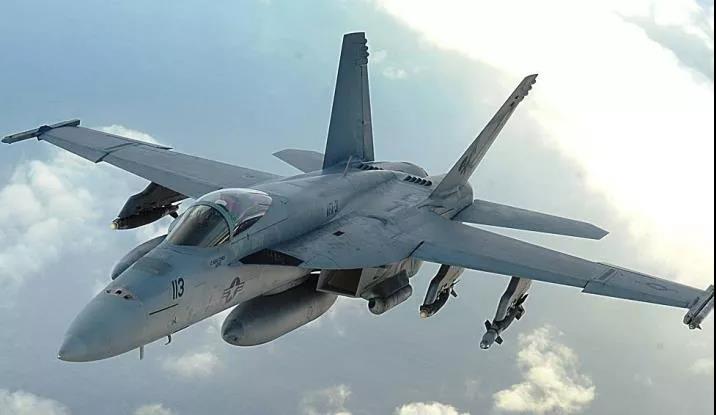
This means that the primary capability emphasized by F/A-18E/F Block III has failed so lightly.
This pair of conformal fuel tanks could have increased the range of the F/A-18E/F by 120 nautical miles (approximately 222 kilometers), but the problem of the F/A-18E/F's short legs still exists. This may also indicate from another perspective that the initial design of the F/A-18E/F was indeed inferior to that of the F-16.
The characteristic of short legs in F/A-18E/F is an inherent problem, not something that has been happening for a day or two. In the past, due to the lack of long-range anti-ship capabilities by opponents and the absolute advantage of US naval and air power, this disadvantage was not particularly obvious. But now the Chinese military in the Western Pacific doesn't think so.
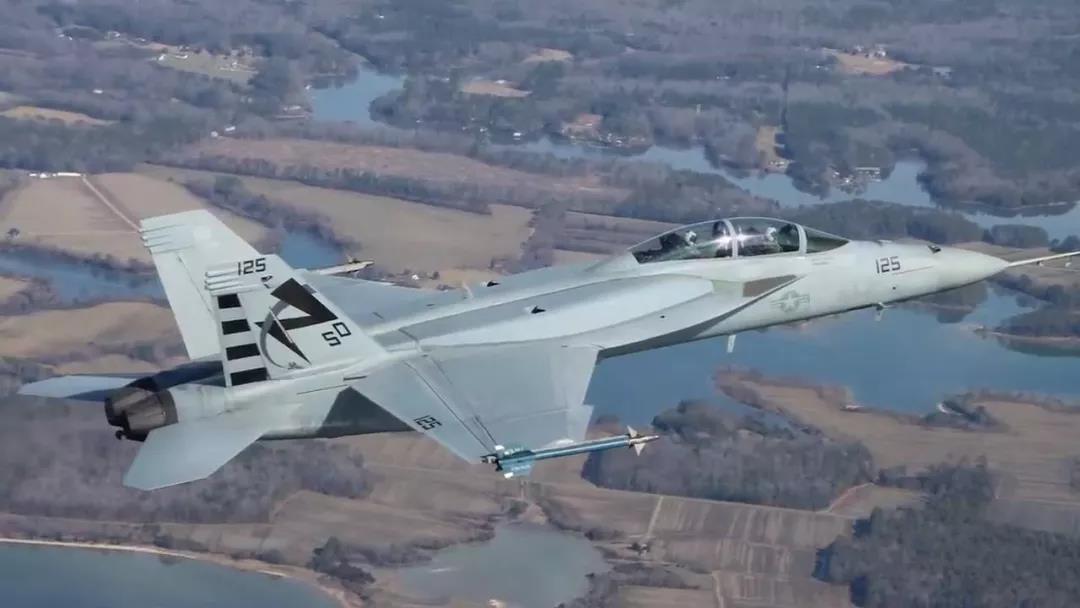
China has developed long-range anti-ship ballistic missiles to enhance its regional deterrence capabilities. This means that if a US aircraft carrier enters the range of the first island chain, it may be targeted by Chinese ballistic missiles.
In order to ensure the safety of aircraft carriers, American aircraft carriers may only dare to hide thousands of kilometers away. But the Super Hornet cannot attack Chinese targets due to its short range.
After the failure to develop conformal fuel tanks, the US Navy may be in a desperate situation and can only develop and purchase the MQ-25A "Stingray" unmanned refueling aircraft to expand the range of the Super Hornet.
But the quantity of MQ-25A is insufficient, and its fuel capacity cannot be compared with that of manned refueling machines, which can be said to be a drop in the bucket.
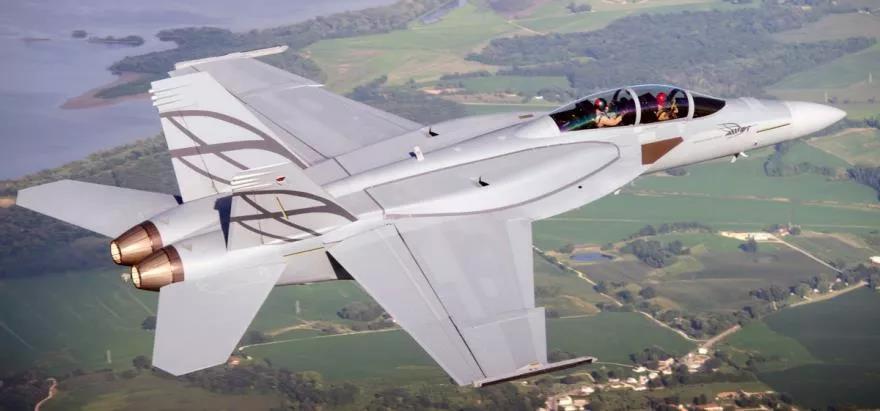
The best way is naturally to develop the sixth generation carrier based fighter with long range and high speed, but it is obviously too far to quench the thirst for near water. Not only the F-18, but also the F-35 is a short legged fighter.
I don't know when, short legs became a common problem on US military aircraft. By comparison, the Sukhoi series fighter jets equipped by China are famous for their long legs. Taking the Su-35 as an example, the range without a secondary fuel tank can reach 3500 kilometers, and the combat radius exceeds 1500 kilometers.
The F/A-18E/F hurriedly flew towards Chinese waters, but after launching a few missiles, they had to hurry back. How can we fight this battle.
Source: unknown official account